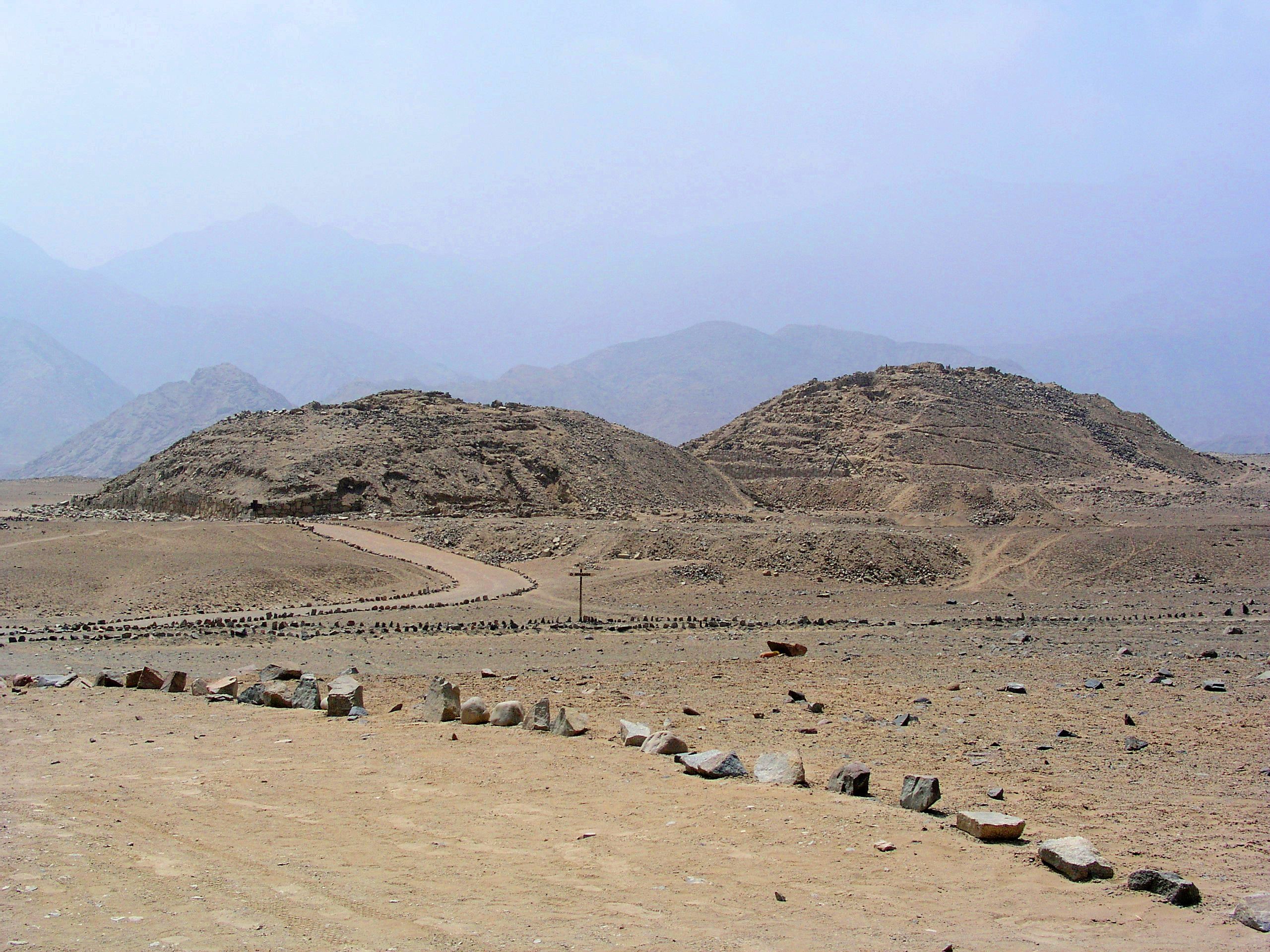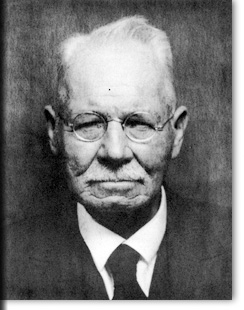|
Chinchorro
The Chinchorro culture of South America was a preceramic culture that lasted from 9,100 to 3,500 years BP (7,000 to 1,500 BCE). The people forming the Chinchorro culture were sedentary fishermen inhabiting the Pacific coastal region of current northern Chile and southern Peru. Presence of fresh water in the arid region on the coast facilitated human settlement in this area. The Chinchorro were famous for their detailed mummification and funerary practices. The area of the Chinchorro culture started to receive influences from the Andean Plateau around 4,000 BP, which led to the adoption of agriculture. Much later, it came under the influence of the Tiwanaku Empire. In 2021, the Chinchorro culture was included in the World Heritage List. Etymology The Chinchorro culture is named after Chinchorro Beach (Spanish: ''Playa Chinchorro''), near Arica, Chile, where the first mummies were discovered. Geography The culture was spread across the arid coastal regions of the Atacama Des ... [...More Info...] [...Related Items...] OR: [Wikipedia] [Google] [Baidu] |
Chinchorro Mummies
The Chinchorro mummies are mummified remains of individuals from the South American Chinchorro culture, found in what is now northern Chile. They are the oldest examples of artificially mummified human remains, having been buried up to two thousand years before the Egyptian mummies. The earliest mummy that has been found in Egypt dated around 3000 BCE, while the oldest anthropogenically modified Chinchorro mummy dates from around 5050 BCE. The oldest naturally mummified corpse recovered from the Atacama Desert is dated around 7020 BCE.Arriaza, Bernardo T. Beyond Death: The Chinchorro Mummies of Ancient Chile. Washington: Smithsonian Institution, 1995. Print. Shell midden and bone chemistry suggest that 90% of the people's diet was seafood. Many ancient cultures of fisherfolk existed, tucked away in the arid river valleys of the Andes, but the Chinchorro made themselves unique by their dedicated preservation of the dead. The Chinchorro culture settlements and artificial mummific ... [...More Info...] [...Related Items...] OR: [Wikipedia] [Google] [Baidu] |
Atacama Desert
The Atacama Desert ( es, Desierto de Atacama) is a desert plateau in South America covering a 1,600 km (990 mi) strip of land on the Pacific coast, west of the Andes Mountains. The Atacama Desert is the driest nonpolar desert in the world, and the second driest overall, just behind some very specific spots within the McMurdo Dry Valleys as well as the only hot true desert to receive less precipitation than the polar deserts, and the largest fog desert in the world. Both regions have been used as experimentation sites on Earth for Mars expedition simulations. The Atacama Desert occupies , or if the barren lower slopes of the Andes are included. Most of the desert is composed of stony terrain, salt lakes (''salares''), sand, and felsic lava that flows towards the Andes. The desert owes its extreme aridity to a constant temperature inversion due to the cool north-flowing Humboldt ocean current and to the presence of the strong Pacific anticyclone. The most arid re ... [...More Info...] [...Related Items...] OR: [Wikipedia] [Google] [Baidu] |
Arica
Arica ( ; ) is a Communes of Chile, commune and a port city with a population of 222,619 in the Arica Province of northern Chile's Arica y Parinacota Region. It is Chile's northernmost city, being located only south of the border with Peru. The city is the capital (political), capital of both the Arica Province and the Arica and Parinacota Region. Arica is located at the orocline, bend of South America's western coast known as the Arica Bend or Arica Elbow. At the location of the city are two valleys that dissect the Atacama Desert converge: Azapa Valley, Azapa and Lluta River, Lluta. These valleys provide citrus and olives for export. Arica is an important port for a large inland region of South America. The city serves a free port for Bolivia and manages a substantial part of that country's trade.In addition it is the end station of the Bolivian oil pipeline beginning in Oruro, Bolivia, Oruro. The city's strategic position is enhanced by being next to the Chile Route 5, Pan-Ame ... [...More Info...] [...Related Items...] OR: [Wikipedia] [Google] [Baidu] |
Caleta Camarones
Caleta Camarones is a town located in the extreme southwest of Arica and Parinacota Region, Chile Chile, officially the Republic of Chile, is a country in the western part of South America. It is the southernmost country in the world, and the closest to Antarctica, occupying a long and narrow strip of land between the Andes to the east a .... This is where the Camarones Valley ends, and where the Camarones River flows to the Pacific Ocean. The main economic activity is fishing. Attractions The beach and the wetlands of Caleta Camarones provide some scenic sights. In 2010, a monumental sculpture celebrating the Chinchorro Culture was inaugurated in the town as part of the bicentennial of the Chilean Republic. The sculpture is four and a half meters tall and weighs eight tons; it is located in the vicinity of the archaeological sites 'Camarones 14 and 15'. The work was inaugurated by the Mayor, and it aims to celebrate the Chinchorro Culture throughout Chile and worldwide. ... [...More Info...] [...Related Items...] OR: [Wikipedia] [Google] [Baidu] |
Andean Preceramic
The Andean preceramic refers to the early period of human occupation in the Andean area of South America that preceded the introduction of ceramics. This period is also called pre-ceramic or aceramic. Earliest human occupations The earliest humans that came to South America are known as Paleo-Indians. This period is generally known as the Lithic stage. After this came the period that is widely known as Archaic, although there are also some different classifications of this period. The precise classification is complicated because somewhat different terminologies tend to be used for North America and Mesoamerica. The Andean preceramic period would include cultures that belong to Lithic and Archaic stages. Preceramic in Peru The Zaña Valley in northern Peru contains the earliest known canals in South America. These were small stone-lined canals which drew water from streams in the Andes Mountains region. These canals may have been built as early as 4700 BC. A great deal of a ... [...More Info...] [...Related Items...] OR: [Wikipedia] [Google] [Baidu] |
Arica030
Arica ( ; ) is a commune and a port city with a population of 222,619 in the Arica Province of northern Chile's Arica y Parinacota Region. It is Chile's northernmost city, being located only south of the border with Peru. The city is the capital of both the Arica Province and the Arica and Parinacota Region. Arica is located at the bend of South America's western coast known as the Arica Bend or Arica Elbow. At the location of the city are two valleys that dissect the Atacama Desert converge: Azapa and Lluta. These valleys provide citrus and olives for export. Arica is an important port for a large inland region of South America. The city serves a free port for Bolivia and manages a substantial part of that country's trade.In addition it is the end station of the Bolivian oil pipeline beginning in Oruro. The city's strategic position is enhanced by being next to the Pan-American Highway, being connected to both Tacna in Peru and La Paz in Bolivia by railroad and being ser ... [...More Info...] [...Related Items...] OR: [Wikipedia] [Google] [Baidu] |
Wankarani Culture
The Wankarani culture was a formative stage culture that existed from approximately 1500 BCE to 400 CE on the altiplano highlands of Bolivia's Oruro Department to the north and northeast of Lake Poopo. It is the earliest known sedentary culture in Bolivia, as after circa 1200 BCE camelid hunters of the altiplano became camelid herders and sedentary lifestyle developed. The Wankarani culture was little researched before 1970, when Carlos Ponce Sanginés defined all the mound sites in the area as belonging to one culture that predated Tiwanaku and was contemporary with the Chiripa culture. Description Wankarani villages typically consisted of fifteen to five hundred houses. Over the centuries, remains of the adobe bricks and trash created small mounds, on which new houses were built. The dead were buried under the floor of the huts. Wankarani houses were small, round adobe huts painted red on the outside and yellow on the inside. Some villages had up to 4000 inhabitants, but th ... [...More Info...] [...Related Items...] OR: [Wikipedia] [Google] [Baidu] |
Max Uhle
Friedrich Max Uhle (25 March 1856 – 11 May 1944) was a German archaeologist, whose work in Peru, Chile, Ecuador and Bolivia at the turn of the Twentieth Century had a significant impact on the practice of archaeology of South America. Biography Uhle was born in Dresden, Germany on 25 March 1856 and received his Ph.D. in 1880 from the University of Leipzig. He married Charlotte Grosse from Philadelphia, Pennsylvania, where he worked at the University of Pennsylvania for several years. Trained as a philologist, Uhle became interested in Peru while a curator at Dresden Museum. In 1888, a close friend, Alphons Stübel, who had recently published an article on the history of Peruvian archaeology, suggested Uhle concentrate his studies on that region. He first traveled to South America in 1892 to initiate research in Argentina and Bolivia for the Konigliches Museum fur Völkerkunde in Berlin, Germany. In that same year he published ''"The Ruins of Tiahuanaco in the Highlands of Ancie ... [...More Info...] [...Related Items...] OR: [Wikipedia] [Google] [Baidu] |
Monte Verde
Monte Verde is an archaeological site in the Llanquihue Province in southern Chile, located near Puerto Montt, Southern Chile, which has been dated to as early as 18,500 cal BP (16,500 BC). Previously, the widely accepted date for early occupation at Monte Verde was about 14,500 years cal BP. This dating added to the evidence showing that the human settlement of the Americas pre-dates the Clovis culture by roughly 1,000 years (or 5,000 years if the 18,500 BP dates are confirmed). This contradicts the previously accepted "Clovis first" model which holds that settlement of the Americas began after 13,500 cal BP. The Monte Verde findings were initially dismissed by most of the scientific community, but the evidence then became more accepted in archaeological circles. Paleoecological evidence of the coastal landscape's ability to sustain human life further supports a "coastal migration" model. Dating of rock surfaces and animal bones suggests the coastal corridor was deglaciated a ... [...More Info...] [...Related Items...] OR: [Wikipedia] [Google] [Baidu] |
Before Christ
The terms (AD) and before Christ (BC) are used to label or number years in the Julian and Gregorian calendars. The term is Medieval Latin and means 'in the year of the Lord', but is often presented using "our Lord" instead of "the Lord", taken from the full original phrase "''anno Domini nostri Jesu Christi''", which translates to 'in the year of our Lord Jesus Christ'. The form "BC" is specific to English and equivalent abbreviations are used in other languages: the Latin form is but is rarely seen. This calendar era is based on the traditionally reckoned year of the conception or birth of Jesus, ''AD'' counting years from the start of this epoch and ''BC'' denoting years before the start of the era. There is no year zero in this scheme; thus ''the year AD 1 immediately follows the year 1 BC''. This dating system was devised in 525 by Dionysius Exiguus, but was not widely used until the 9th century. Traditionally, English follows Latin usage by placing the "AD" abbr ... [...More Info...] [...Related Items...] OR: [Wikipedia] [Google] [Baidu] |




